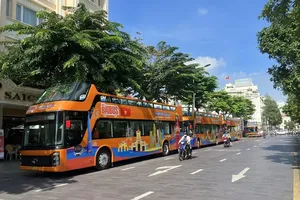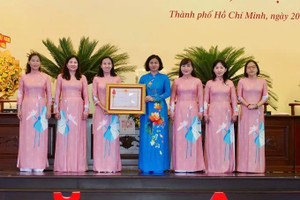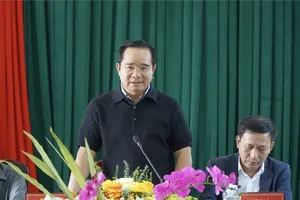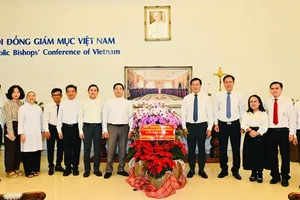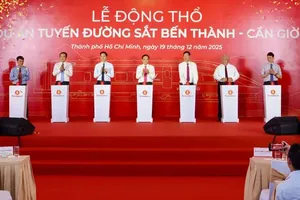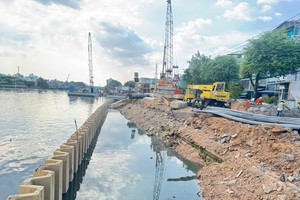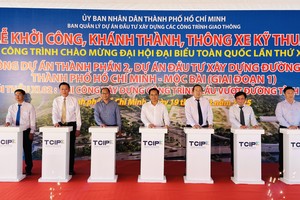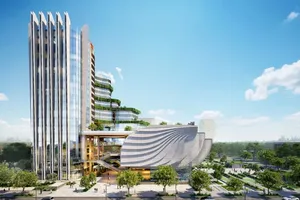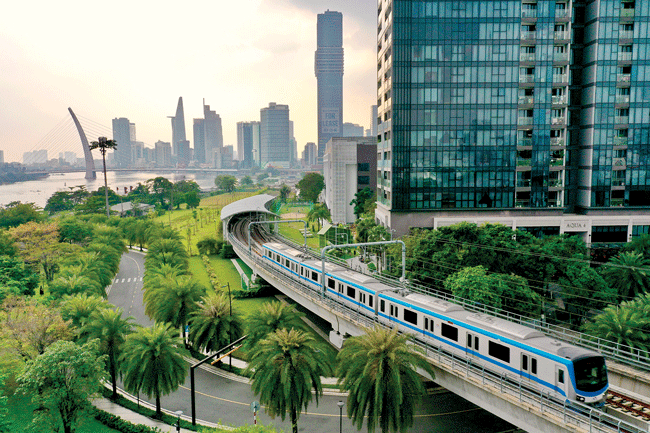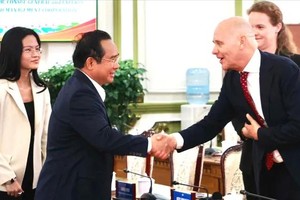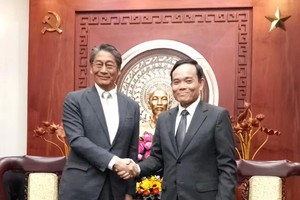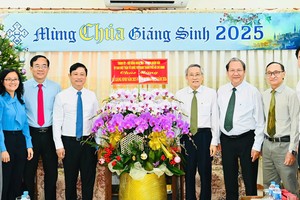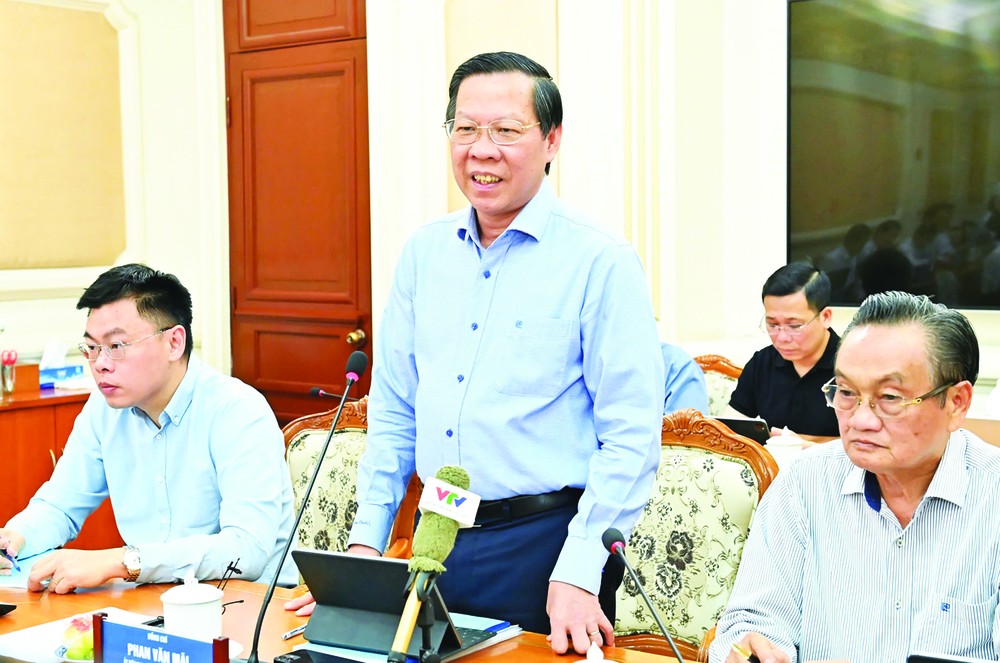
The Advisory Council for the implementation of the National Assembly’s Resolution 98/2023/QH15 on piloting a number of specific mechanisms and policies for the development of Ho Chi Minh City (the Council) held its 6th meeting yesterday.
Chairman Phan Van Mai of the Ho Chi Minh City People's Committee chaired the meeting.
Addressing the event, Chairman Phan Van Mai acknowledged the rapidly evolving global and domestic economic landscape, emphasizing the significant impact of these developments on the economic trajectory of Ho Chi Minh City, particularly amid the ongoing challenges faced by numerous businesses.
Chairman Phan Van Mai asked experts to analyze the city’s present circumstance and make suggestions for authorities to overcome immediate challenges and move towards sustainable and long-term development.
According to a suggestion of member of the Council - Associate Professor Vu Minh Khuong, in addition to innovation, Ho Chi Minh City needs to improve the management level of enterprises and restructure industrial parks. When the southern largest city converts traditional industrial parks into data centers and new sectors, it promises to attract tens of billions of dollars in investment.
Ho Chi Minh City is now home to over 220,000 active enterprises, a vital force in its economic expansion. To sustain its momentum, city authorities emphasize the need for strong support measures to help businesses thrive and contribute to overall development.
With the same idea, Council member Nguyen Xuan Thanh stressed that achieving long-term double-digit growth requires a continuous search for new economic drivers to fuel innovation.
For Ho Chi Minh City, the new drivers are the development of urban railways, free trade zones in Can Gio, the International Financial Center. To unleash these drivers, there must be support from the Central Government with more specific and stronger mechanisms and policies. At the same time, Ho Chi Minh City should quickly remove obstacles to real estate projects and restart projects to attract investment.
Associate Professor Hoang Cong Gia Khanh, a member of the Council, highlighted Ho Chi Minh City’s evolving economic landscape, where the service sector now constitutes 65 percent of the city's economy. Notably, three global innovative service industries—information technology and communications, financial services and insurance, and science and technology—contribute over 20 percent.
A significant labor shift is also underway, with workers transitioning from manufacturing to these high-value service sectors. Banking and finance, in particular, now account for 50 percent of this workforce transformation, signaling the city's growing emphasis on innovation-driven economic growth.
Associate Professor Hoang Cong Gia Khanh proposed that Ho Chi Minh City focus on finding new growth drivers and the three global innovative service industries. In 2025, a sandbox (controlled testing policy) should be piloted in the city, focusing on training human resources for the International Financial Center.
According to Associate Professor Tran Hoang Ngan, reaching 10 percent growth should be approached in two stages: an initial 8 percent increase followed by targeted measures to achieve the remaining 2 percent. The first phase can be driven by traditional economic forces, with a focus on boosting total social investment capital, including around VND500,000 billion in private and foreign direct investment.
To achieve its ambitious growth targets, Ho Chi Minh City must accelerate the development of industrial parks, ensuring clean land is available at competitive prices. Additionally, streamlining administrative procedures, improving the investment and business environment, and expanding transport, digital, and socio-economic infrastructure are crucial.
For the remaining 2 percent growth, the city aims to tap into new economic drivers, including the International Financial Center, Can Gio International Transit Port, free trade zones, coastal urban developments, and the cultural and tourism sectors. These initiatives are expected to fuel long-term, sustainable expansion.
With these driving forces, Associate Professor Tran Hoang Ngan believes that Ho Chi Minh City can completely achieve double-digit growth if exploited effectively.
Member of the Council -Architect Ngo Viet Nam Son - expressed interest in TOD, or transit-oriented development.
Experts believe that successful implementation of Transit-Oriented Development (TOD) will be a crucial driver in helping Ho Chi Minh City achieve double-digit growth. Projects following this model are expected to spur development across multiple sectors.
For the metro system to operate efficiently, it must be integrated with a comprehensive bus network and connected to key infrastructure, including airports and waterways. Additionally, large-scale urban projects and strategic developments will play a vital role in attracting significant investment capital, further accelerating the city's economic expansion.


